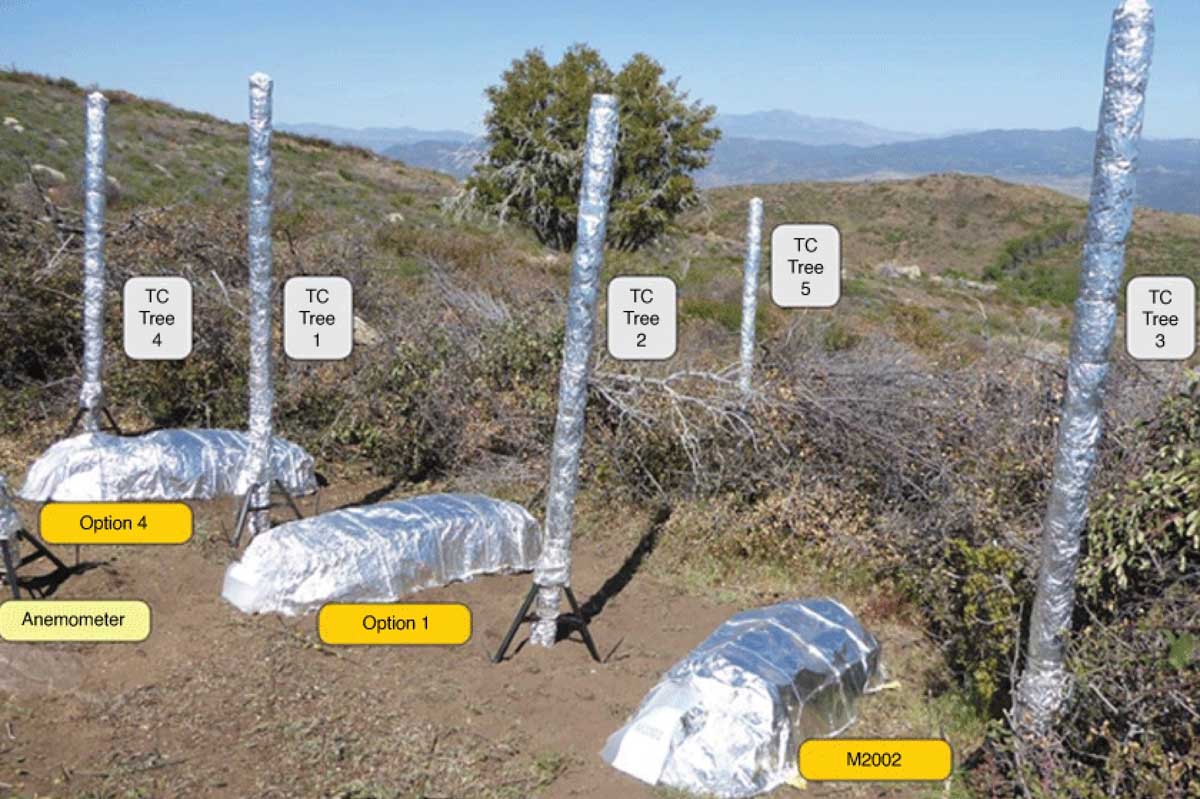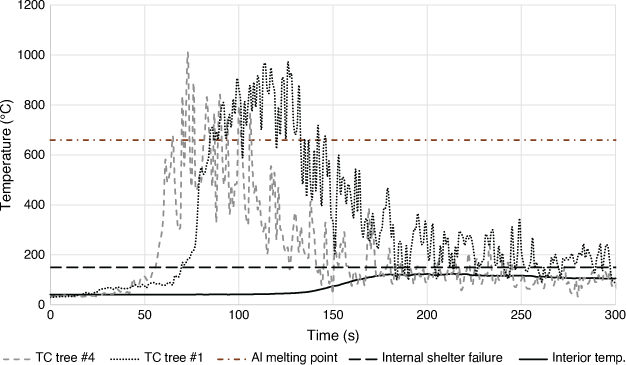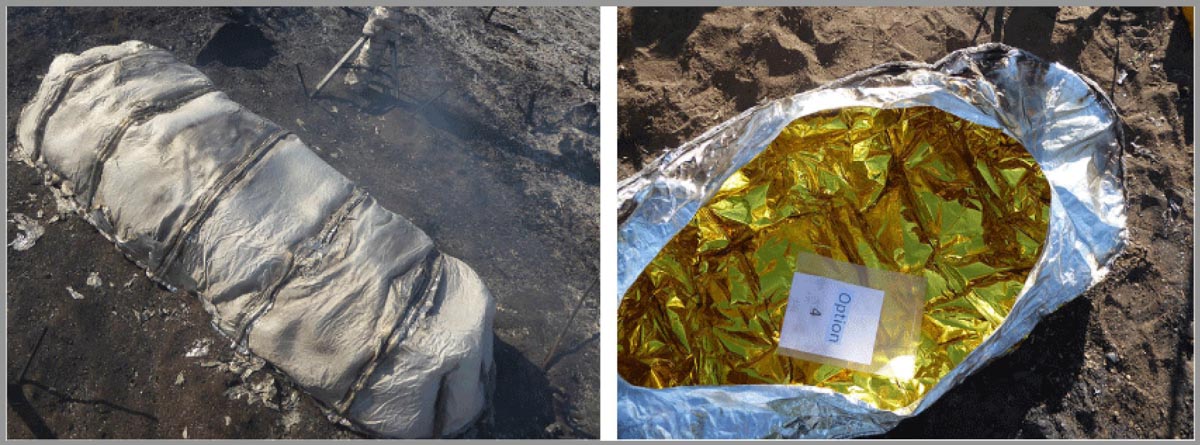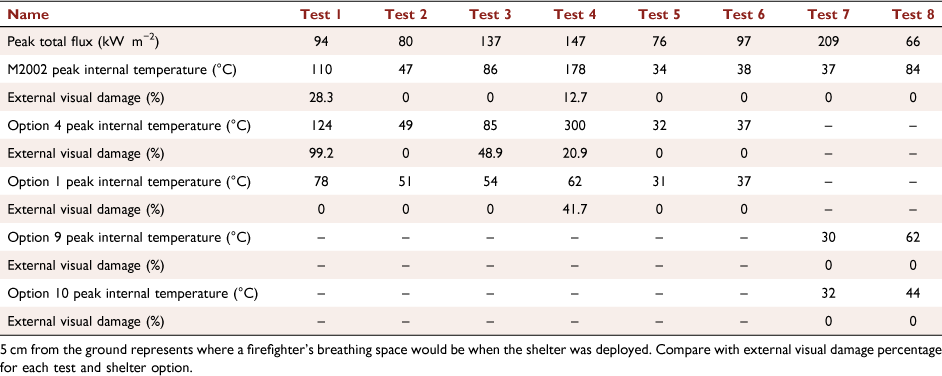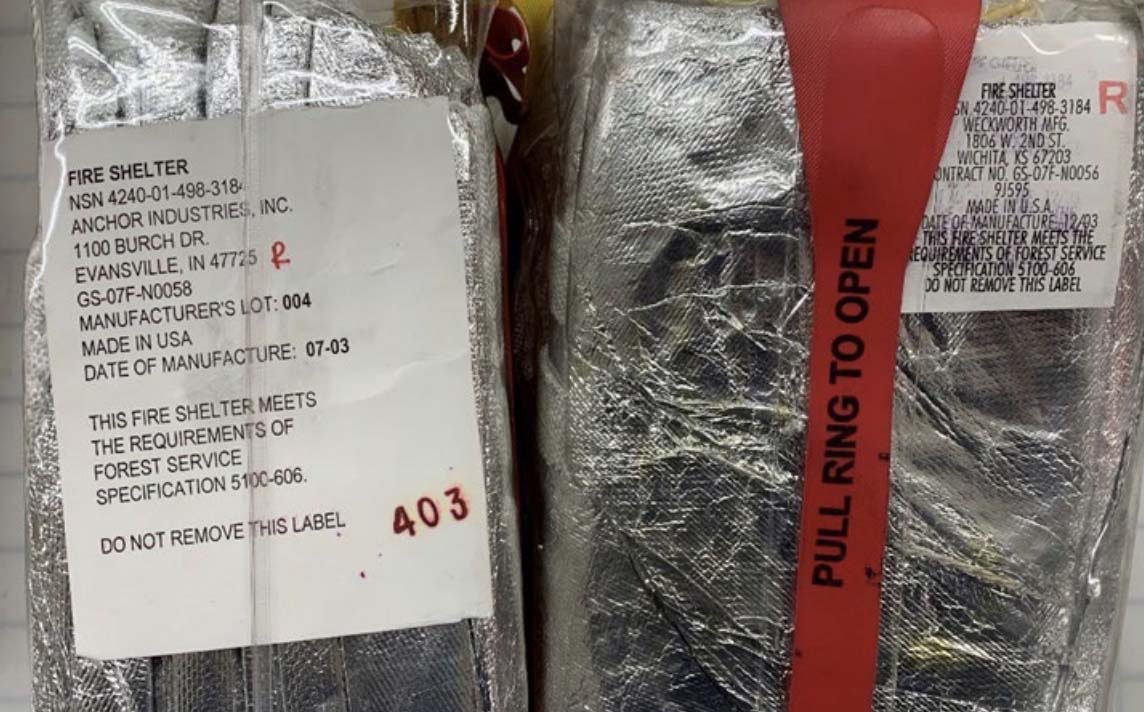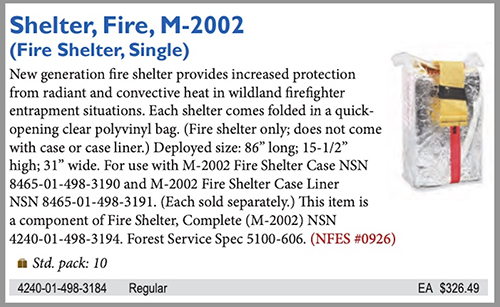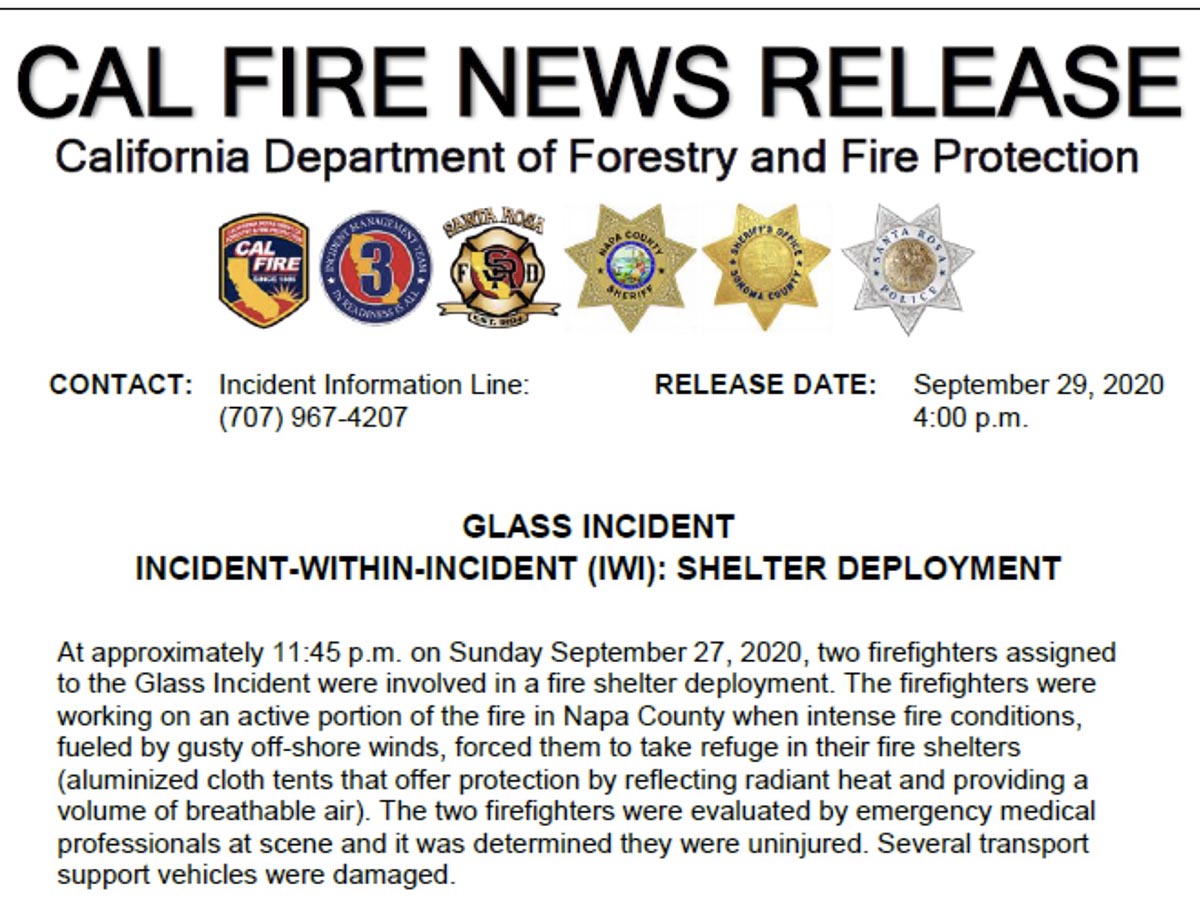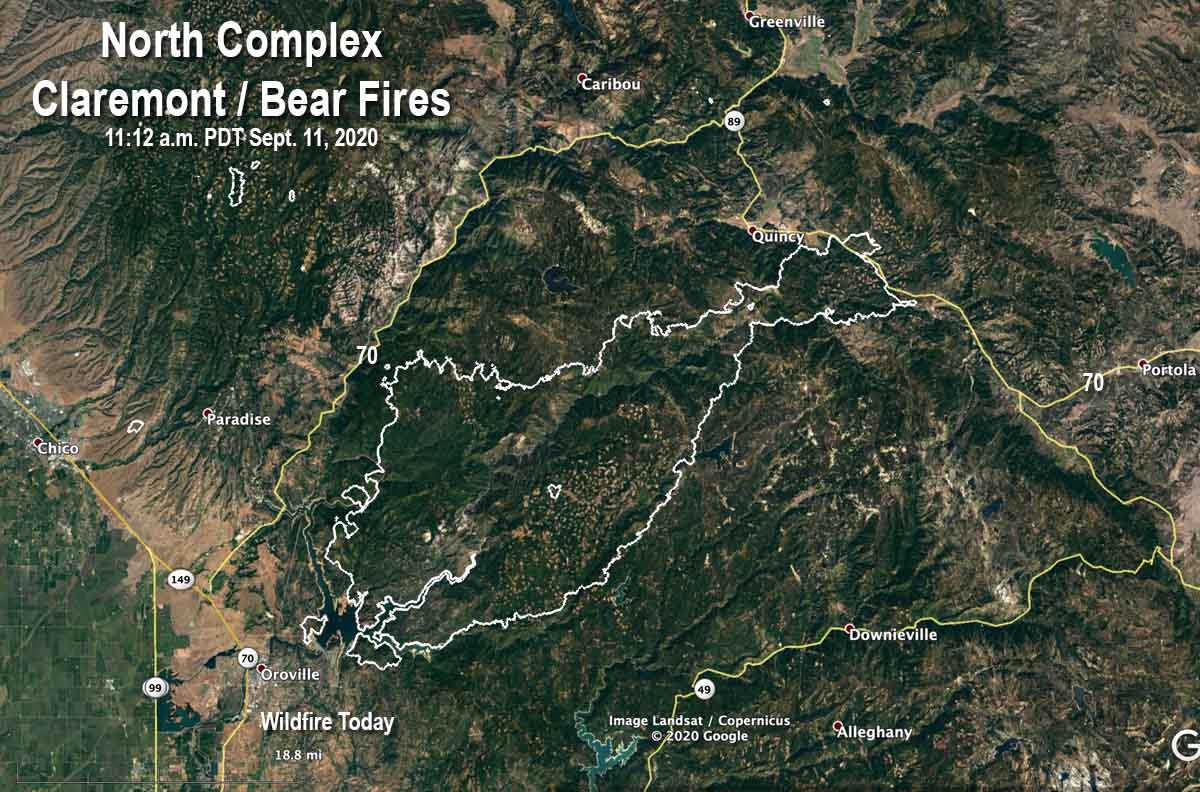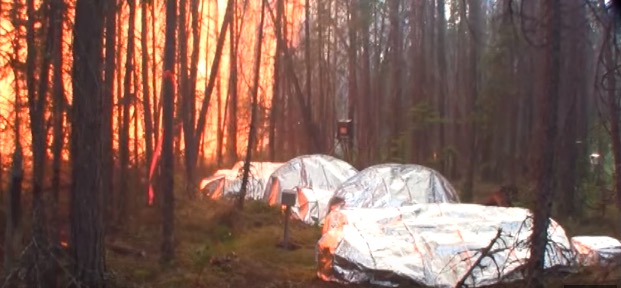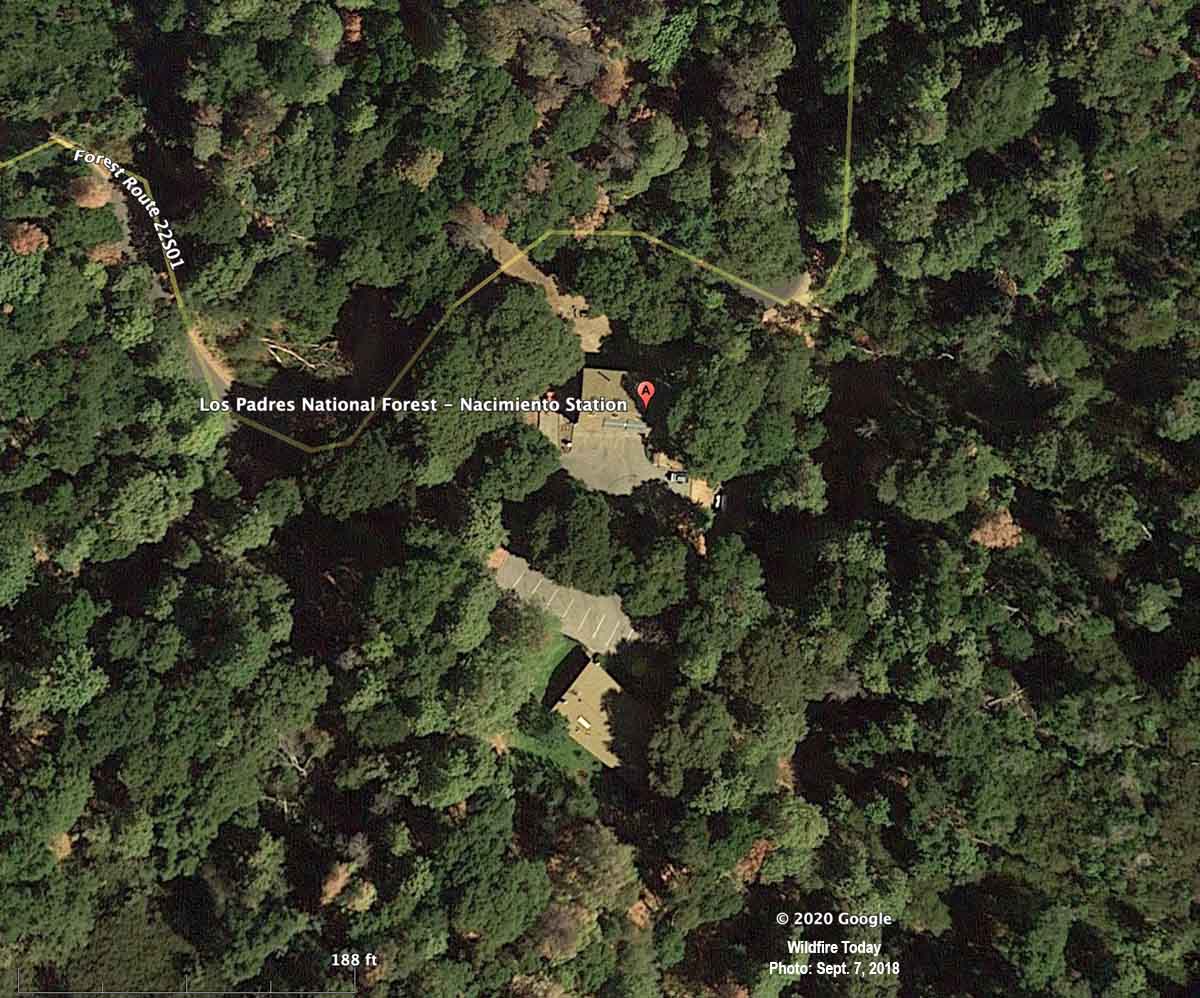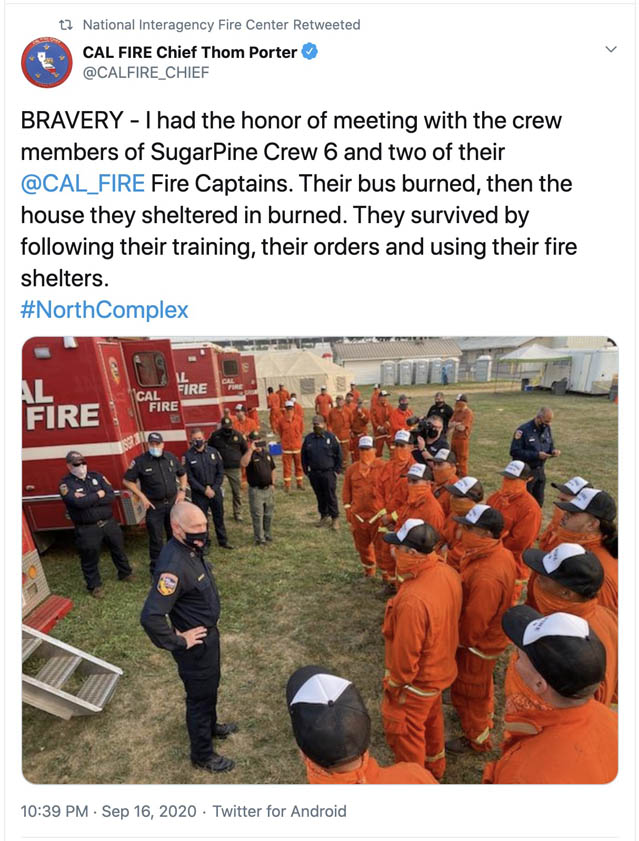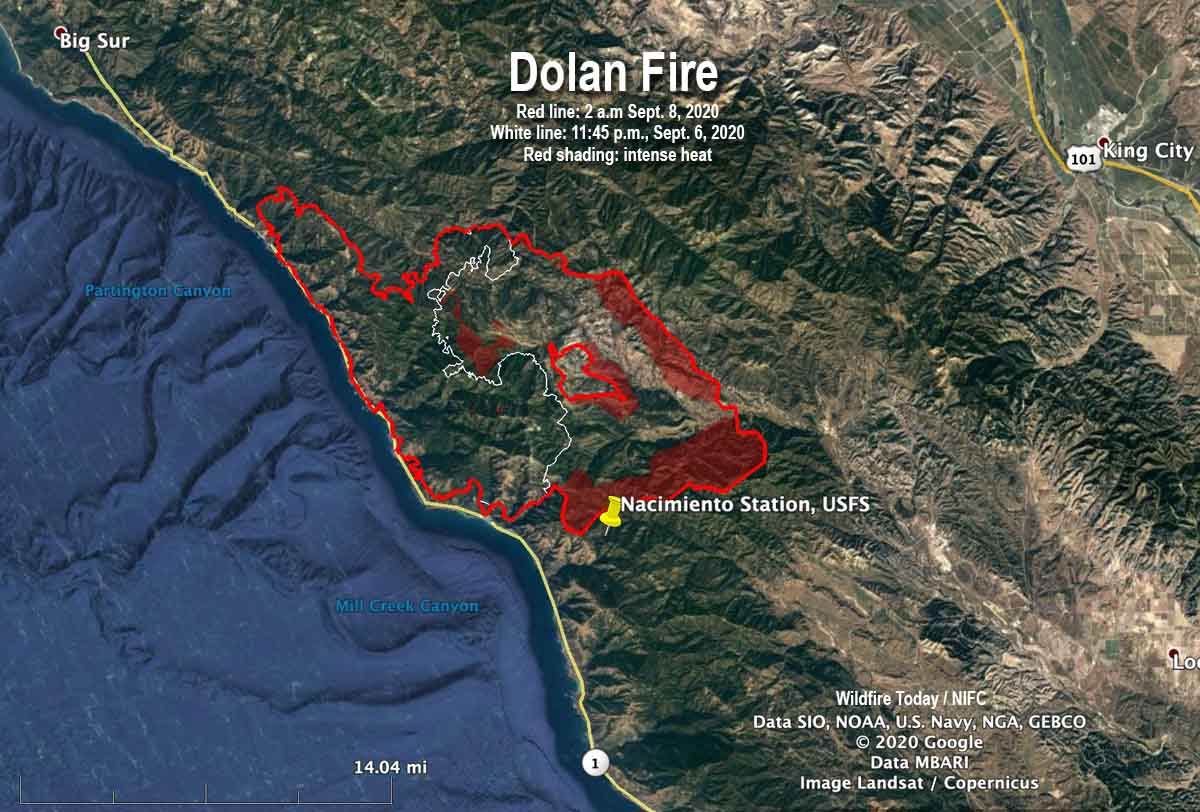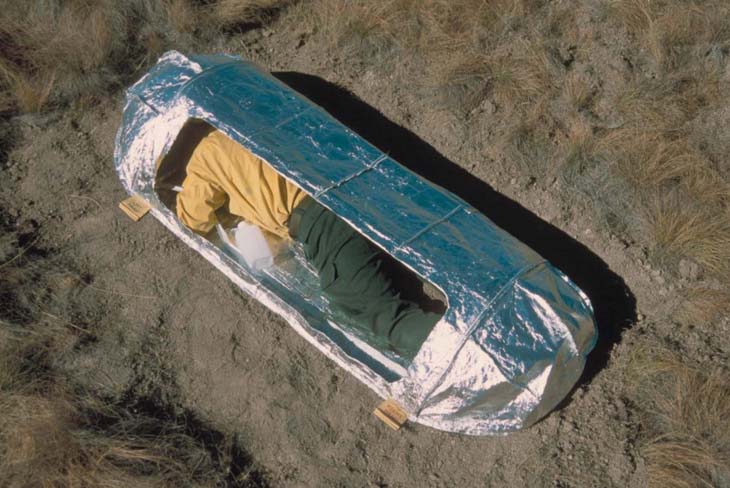
Anyone attempting to purchase a new wildland fire shelter may find that many retail fire equipment suppliers do not have any in stock. Of the eight online suppliers we checked, five had them on back order. The three that estimated when they would be available said it would be four to eight weeks.
I called Anchor Industries, the larger of the two companies that make fire shelters, to find out why. I asked John Montrastelle, Government Sales Manager, why there was difficulty in keeping them in stock at retailers.
“Most dealers buy from me,” Mr. Montrastelle said. “We are in our second year of another record fire shelter season. I mean, it is ginormous. My lead time right now on fire shelters is March 3, 2023. If a dealer was to order today, it’s March 3. I have got thousands of fire shelter orders in house here, and we churn out 500 a week. We need to be making twice that just to catch up with the demand. Just two years ago, my lead time, no matter the quantity, because I had a decent amount of inventory, was usually five days or less.”
“We just have a high demand for them right now, which has created a longer lead time from us,” Mr. Montrastelle said from his office in Indiana. “It’s not so much the raw goods, it’s more of a labor problem. We just need to figure out how to add a second shift and get another 15 people that are good workers that will stay with us. And sometimes it’s not just the money. It’s crazy.”
Why are there shortages?
Mr. Montrastelle thought the increased demand was partly due to more firefighters being hired and an increase in acres burned.
Another likely reason is the advisory issued March 16, 2022 by the National Wildfire Coordinating Group’s Equipment Technology Committee. It reported that in reviewing shelter deployments in 2020, it was determined that shelters made prior to 2006 “function as intended” but may experience greater delamination between the silica cloth and aluminum foil when deployed.
The scary looking two-page advisory document, surrounded by yellow and gray slashes, appeared to indicate it was an urgent concern. But surprisingly, there was no recommendation in the NWCG advisory. It didn’t say to replace the pre-2006 shelters. It took the timid step of “providing technical information to support agency-specific decision-making regarding replacement of fire shelters manufactured prior to 2006.”
However the meeting notes posted online by the NWCG Equipment Technology Committee after their meeting of November 2-3, 2021 had been more definitive, and used clear text:
“Recommend discontinue the use of shelters made prior to January 2006 via an equipment advisory.”
But that got watered down in the March 16 Advisory.
The “new generation” of fire shelter first became available in 2003 and since then there have been revisions in addition to those made in 2006. For example, meeting notes from the October 28, 2021 NWCG Fire Shelter and Personal Protective Equipment Subcommittee mentioned that “Fluorine and phosphorus tested too high in recent materials test, concern about off-gassing inside the shelter.” Toxicity thermal testing was scheduled at University of Alberta, Canada. Production of the shelter was paused, and by the January 27, 2022 meeting manufacturing was moving forward again.
At that meeting it was mentioned that “State programs have responded that they may not be able to quickly get [the pre-2006 shelters] out of circulation.”
We asked agencies if they had shortages
In light of the statement above that states will have problems replacing the pre-2006 shelters, we did some checking, and called several agencies on the west coast to ask if they were having difficulty acquiring fire shelters.
Thomas Kyle-Milward, a Communications Manager for the Washington State Department of Natural Resources, told Wildfire Today that they have decided that they need to upgrade to the latest version of the shelter. Like many state and federal land management agencies, they order their shelters from the Defense Logistics Agency, which which is one of the 282 fire-related items handled by the DLA. Mr. Kyle-Milward said 900 shelters have been on back order at the DLA for a couple of months.
We also checked with the US Forest Service. “We are not experiencing a shortage of fire shelters,” said Stanton Florea, Fire Communications Specialist. “The inventory of fire shelters in the National Interagency Support Caches is close to maximum levels used for planning.”
Jessica Prakke, Public Affairs Officer for the Oregon Department of Forestry, said, “ODF does not have a shortage of fire shelters. Our fire cache and districts work diligently during the off season to stock up on supplies so that when we are in fire season, our ordering is minimal to avoid potential shortages. Hopefully, the projection of a March 2023 fulfillment of current orders holds true.”
A spot check of a couple of California Department of Forestry and Fire Protection regions found no shortage of shelters.
Update at 9:51 a.m. EDT August 6, 2022. One of our readers told us that the warehouse manager in North Carolina reached out to let them know that they we were down to eight new shelters and were unable to stock up. Some other southern states also have shelters on back order.

